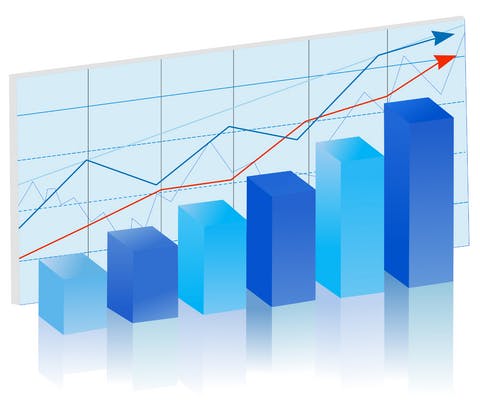As an HR professional you’re asked to make decisions everyday to ensure compliance, improve your workforce and your company’s bottom line. But to make an improvement you must have a way to drill down to the real issue. That’s where business analytics comes into play.
Business analytics is a category of technologies and applications for gathering, storing, analyzing and providing access to business data. For HR professionals, business analytics can help leverage HR data to drive informed and strategic workforce decisions, backed up by concrete metrics and reports. However, historically the data has been difficult to access and assimilate.
A recent survey of HR professionals by Human Resource Executive magazine (February 2010) found that only 31 percent of respondents currently use a business analytics application. Some 61 percent of respondents stated that converting data into visuals is time-consuming and difficult, while 56 percent have difficulty assimilating needed data into a single report. It’s not surprising that 59 percent of respondents often need a technical resource from IT.
Business Analytics Today
Today’s out-of-the-box business solutions for HR alleviate the technical and time-intensive challenges of working with data. They offer instant data intelligence through pre-defined and easy-to-understand reports, dynamic dashboards, charts, graphs and scorecards. Now what can you do with all that information?
- Gain insight into problems. Workforce problems pop-up every day, but what may initially seem like unconnected events may actually be part of a bigger overall issue. For example: employee turnover. With a dynamic dashboard you can review turnover for the past 12 months and drill down into the granular detail to identify departments with high-turnover and then isolate the reason for that turn-over. Perhaps everyone in the department is working overtime, or there has been a manager change, or long-term employees aren’t receiving the training necessary to develop new skills and grow within the company. With business intelligence, you can quickly find the information and make strategic recommendations backed up by concrete data.
- Safeguard against non-compliance. Remaining compliant with laws enforced by the Equal Employment Opportunity Commission (EEOC) is crucial for your company. Dashboard tools can give a quick view into the diversity of your workforce. Easily retrieve data related to gender and minority staff, along with pay scales. Pre-defined scorecards allow you to measure these metrics against your company goals to highlight any potential problems. For example, if you have an aging workforce you can see if approaching retirements mean you will have a problem with diversity in the next six to 12 months.
- Help with workforce budgeting. Every business has slow and busy times that require accurate budget forecasting to account for workforce fluxes. A dashboard can provide instant access into the ups and downs of work flow. For example, the data may show that during June and July your company historically hires 100 temporary workers. By identifying this trend, and presenting the data in an easy-to-understand management report, you can allocate more funds and persuasively defend your decision.
- Make benefit plans more cost-effective. Benefits are a huge cost for your company. The ability to drill down into your benefits plan, determine how many employees are signing up, and then make informed changes as needed could save a bundle.
Business Analytics Tomorrow
As more companies dip their toes into business analytics, we’re already seeing movement toward the next phase of these applications: predictive analytics. This is the ability to use historical data to predict future behavior or trends with an acceptable level of reliability. The goal is to understand what is going to happen in the future so as to proactively stop problems before they begin. How would this insight benefit you?
Instead of reacting to problems, you can move to stop them before they start. For example, if patterns in the data show problems with morale within a specific department, you can make changes to stop the problems before they are visible in the workforce. You can also prepare for probable future situations. For example, data patterns may show that when employees take a lot of sick time they typically leave the company a few months later. With that insight, you can head it off by delving deeper into each particular employee situation.
Predictive analytics can also give you the tools to run powerful modeling scenarios. Predict how changes to your benefits plan will affect your business; or how a drop in the retirement age would affect your workforce.
Human resource reporting is vital to managing your workforce for profitability and business success. Business intelligence and future analytic solutions will help pinpoint key workforce metrics available in pre-defined dashboards, reports and scorecards. We’re only on the cusp of what these solutions can do.
